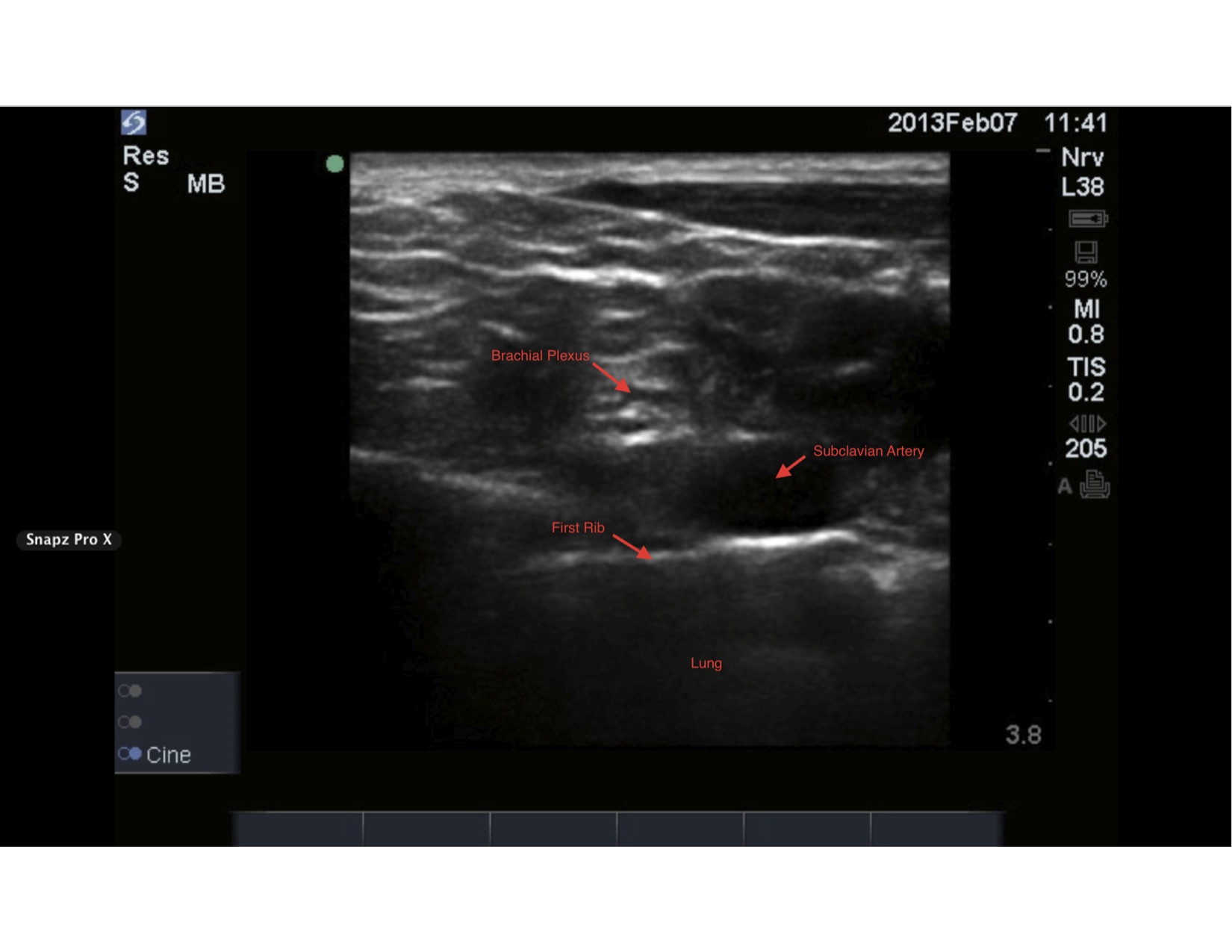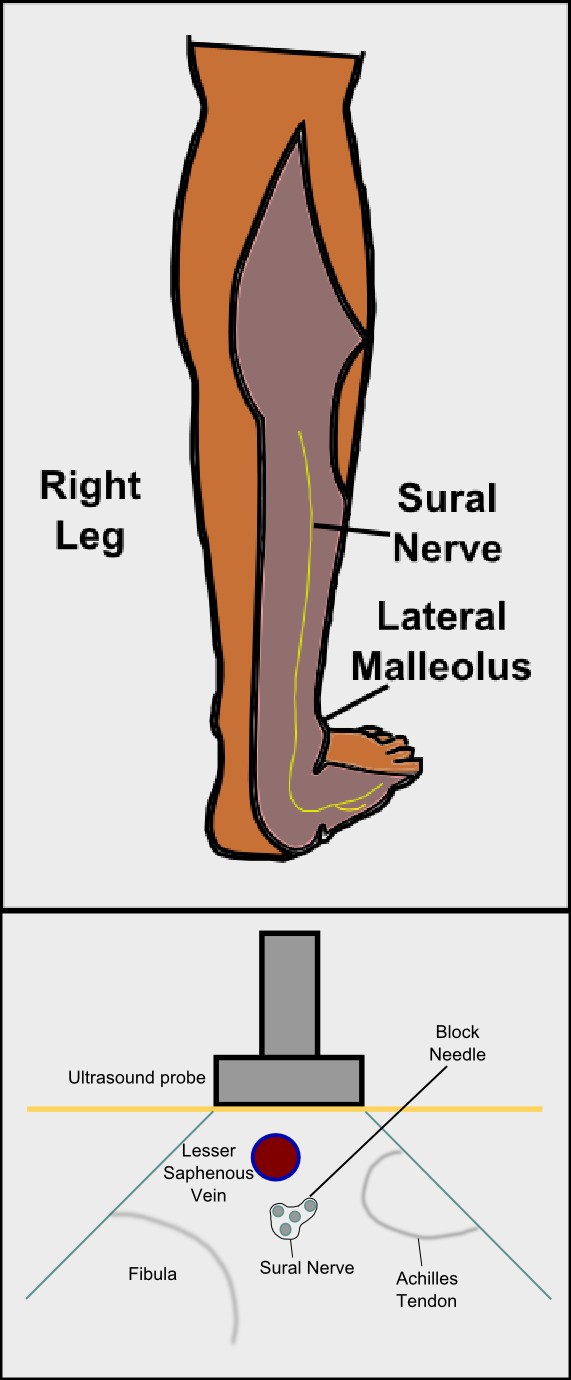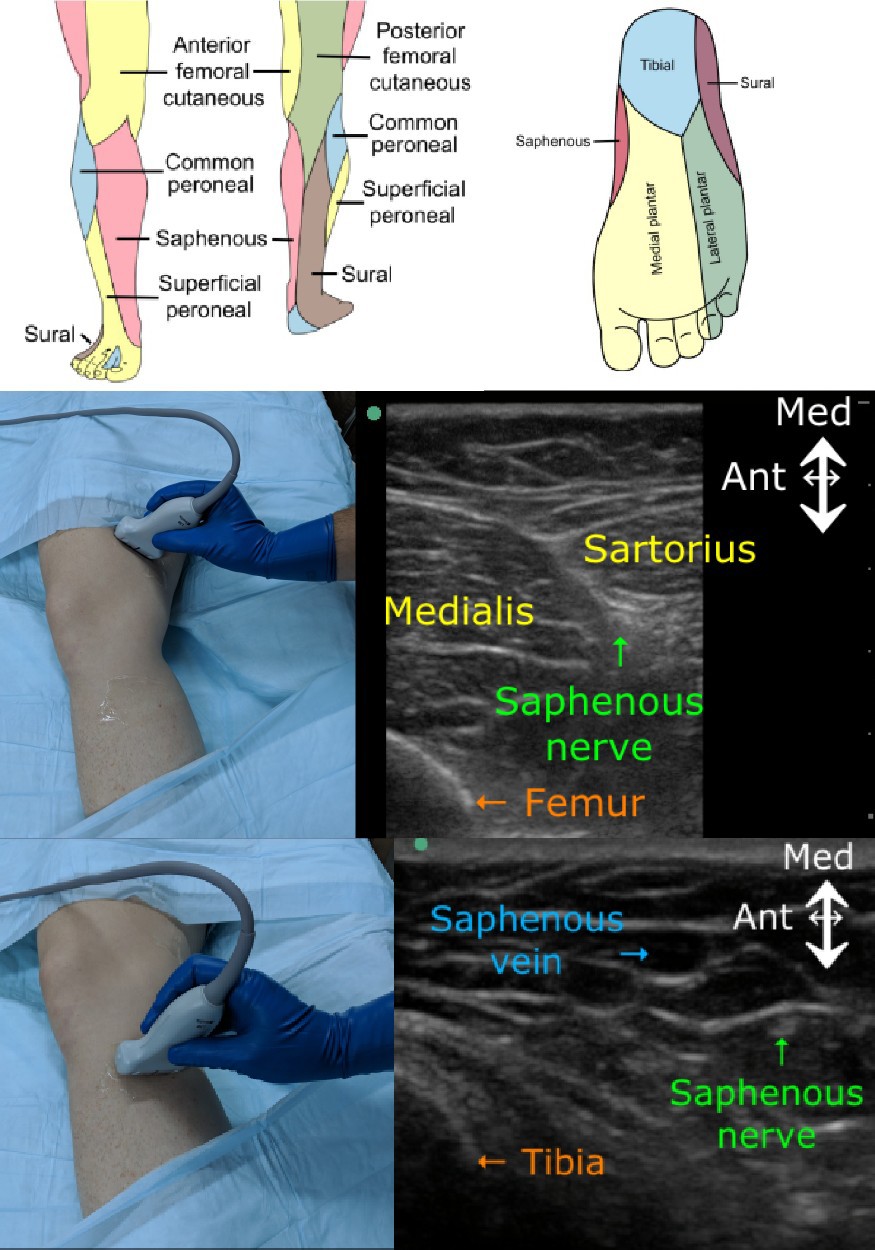Continuing Education Activity
Recent advances in surgical techniques and the development of a greater number of minimally invasive procedures have led to an increase in outpatient procedures. Analgesic techniques must keep pace with these surgical advancements. Studies have shown that peripheral nerve blocks are usually well-tolerated and provide regional analgesia that is superior to other modalities, such as oral pain medications or general anesthesia. This activity reviews the indications, contraindications, and mechanisms of action of medications used in nerve blocks. Additionally, this activity highlights the critical role of the interprofessional team members in monitoring patients to minimize complications and improve outcomes.
Objectives:
- Identify the indications for peripheral nerve blocks.
- Describe the preparation needed before performing a peripheral nerve block.
- Describe the potential complications of medications used for peripheral nerve blocks.
- Describe interprofessional team strategies for optimizing care coordination and communication to ensure patient safety during peripheral nerve blocks.



